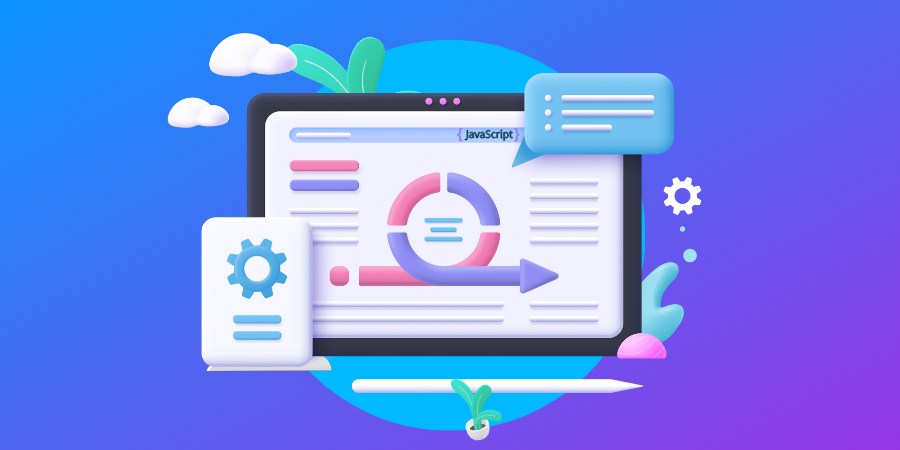What is List Crawling? A Simple Guide for Everyone
Have you ever found yourself scrolling through endless lists online, whether for recipes, shopping, or even travel plans? If so, you might have encountered the term list crawling. But what does it mean? In this article, we’ll dive into the world of list crawling, explore its significance, and provide you with a step-by-step guide to understanding it better.
Understanding What is List Crawling
What is List Crawling? List crawling is a technique used primarily in web scraping and data extraction. It involves systematically navigating through a list of items—like web pages, products, or even data entries—gathering information as you go. This method is commonly used by marketers, researchers, and developers who need to collect and analyze large volumes of data from various sources.
A Personal Anecdote
Imagine you’re planning a vacation and want to explore different travel destinations. You might start by searching for lists of the best places to visit. As you click through those lists, you’re essentially list crawling. Each link you click takes you deeper into a wealth of information, helping you make an informed decision. Just like that vacation planner, many businesses use list crawling to gather valuable insights about their competition, customer preferences, and market trends.
Why is List Crawling Important?
List crawling serves several purposes:
- Data Collection: Businesses can collect information about products, prices, and reviews, which is crucial for staying competitive.
- Market Research: By analyzing data from lists, companies can identify trends and make strategic decisions based on consumer behavior.
- SEO Optimization: Understanding how lists are structured can help improve a website’s ranking on search engines. This is where semantic SEO comes into play.
- Efficiency: Instead of manually collecting data from each source, list crawling automates the process, saving time and effort.
How Does List Crawling Work?
Now that we understand what list crawling is and why it’s important, let’s break down how it works.
Step 1: Identify Your Target List
Before you start crawling, you need to know what type of list you’re interested in. This could be anything from product listings on an e-commerce site to blog posts on travel destinations.
Step 2: Choose the Right Tools
There are various tools available for list crawling. Some popular options include:
- Scrapy: An open-source framework for web scraping.
- Beautiful Soup: A Python library for parsing HTML and XML documents.
- Octoparse: A user-friendly web scraping tool that doesn’t require coding skills.
Each tool has its strengths, so choose one that fits your needs.
Step 3: Set Up Your Crawl
Once you have your tool, it’s time to set it up. You’ll need to specify the URLs you want to crawl and define the data you want to collect. For instance, if you’re interested in e-commerce products, you might want to extract names, prices, and descriptions.
Step 4: Execute the Crawl
With everything in place, you can start your crawl. This process involves the tool navigating through your specified list and extracting the relevant data. It might take some time, depending on the size of the list and the speed of the website you’re crawling.
Step 5: Analyze the Data
Once the crawl is complete, you’ll have a wealth of data at your fingertips. The next step is to analyze this data to draw meaningful insights. You can use various data analysis tools to help you visualize trends and patterns.
Ethical Considerations
While list crawling can be incredibly useful, it’s essential to be ethical about it. Always check a website’s robots.txt file to see if it allows web scraping. Moreover, respect any rate limits to avoid overwhelming servers. Practicing ethical crawling ensures you gather data responsibly and maintain a positive relationship with website owners.
Common Misconceptions
One common misconception about list crawling is that it’s the same as data mining. While both involve gathering information, data mining typically refers to analyzing large datasets to identify patterns. In contrast, list crawling is more about the initial collection of data.
Benefits of Using List Crawling for Your Business
If you’re still on the fence about using lists crawling, here are a few compelling reasons:
- Competitive Analysis: Gain insights into your competitors’ pricing strategies and customer feedback.
- Improved Decision Making: Make data-driven decisions by analyzing collected information.
- Increased Efficiency: Save time and resources by automating data collection processes.
Conclusion: Embrace the Power of Lists Crawling
In summary, What is List Crawling? list crawling is an invaluable technique for anyone looking to collect and analyze data effectively. Whether you’re a marketer, researcher, or developer, mastering this method can greatly enhance your ability to gather insights and make informed decisions.
So, why not give it a try? Invest in the right tools and start your lists crawling journey today. With the right approach, you can unlock a treasure trove of information that can help your business thrive.
Ready to Get Started?
What is List Crawling? If you’re convinced that list crawling could benefit your operations, take the plunge. Explore different tools and start setting up your crawls. The insights you gain could transform your business strategy.
This article aims to provide a clear and comprehensive understanding of lists crawling, its significance, and how to get started. Embrace this technique, and you may just find it’s the key to unlocking new opportunities for your business.








